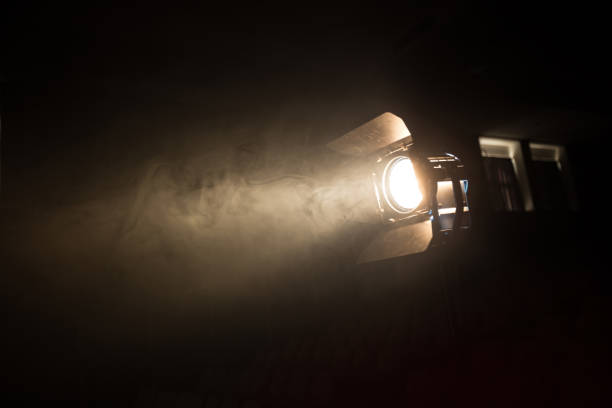When it comes to job site security, weather can be a real wild card. From scorching heat to heavy rain, or even a sudden snowstorm, conditions can change in the blink of an eye. But your security shouldn’t! That’s where weather-resistant cameras come into play—they’re the superheroes of the surveillance world, keeping an eye on things no matter what Mother Nature throws at them.
In this blog, we’ll take a closer look at how these cameras work, what makes them durable, and why they’re essential for safeguarding your job site.
What Makes a Camera Weather-Resistant?
A weather-resistant camera is designed to withstand the elements without losing performance. This isn’t your typical home security camera. These devices are built for rugged conditions, ensuring that your job site stays under surveillance even during a heavy storm or a hot, sunny day.
The key factors that contribute to a camera’s resilience are its rating and the materials used in its construction. A good weather-resistant camera typically has an IP rating of IP65 or higher, meaning it’s protected from dust, dirt, and jets of water. Many of these cameras are housed in materials like stainless steel or durable plastic that can resist corrosion, UV radiation, and other environmental factors.
Performance in Various Weather Conditions
So, how do these cameras handle different types of extreme weather? Let’s break it down:
- Heavy Rain and Snow
A well-designed weather-resistant camera will continue recording clear footage even during heavy rainfall or snow. These cameras come equipped with waterproof casings that prevent water from seeping into sensitive parts. For added protection, many cameras also have anti-fog coatings on their lenses to ensure that visibility remains crystal clear.
In snowy conditions, certain cameras come with heaters to keep snow and ice from covering the lens. Even in blizzards, your site stays under a watchful eye. - Heat and Sunlight
Hot climates pose a different challenge, as extreme heat can cause some electronics to fail. Weather-resistant cameras built for heat typically include ventilation systems and temperature regulation features to prevent overheating. High-quality UV-resistant materials prevent the camera’s exterior from degrading under direct sunlight, ensuring that the camera remains fully functional even in sweltering heat. - Wind and Dust
In windy, dusty environments—like construction sites in desert areas or dry seasons—dust can easily get into electronics and cause damage. However, weather-resistant cameras are dust-tight, meaning no particles can penetrate the camera body. This protects the internal components, ensuring long-term reliability even in the grittiest conditions.
Why Your Job Site Needs Weather-Resistant Cameras
No matter where your job site is located, weather can always pose a risk to both the site and your security equipment. By investing in weather-resistant cameras, you ensure continuous, reliable surveillance that won’t buckle under harsh conditions. Here are a few key benefits:
Consistent Monitoring: Rain or shine, your cameras will keep recording.
Long-Term Durability: You won’t need to replace your cameras every few months because of weather damage.
Improved Safety: Weather conditions often affect job site conditions, making it even more critical to monitor for accidents, theft, or other incidents.
Conclusion: Don’t Let the Weather Dictate Your Security
Weather-resistant cameras are an essential investment for job sites that face unpredictable or extreme environmental conditions. By using these rugged, all-weather cameras, you can ensure that your project is secure from daylight to dark, no matter the climate.
So, if you’re looking to protect your job site and your assets, weather-resistant cameras are a must-have tool. After all, you can’t control the weather, but you can control how well you monitor your site. Get in touch with Birdseye Surveillance to know more about all weather camera solutions.





Comments are closed.